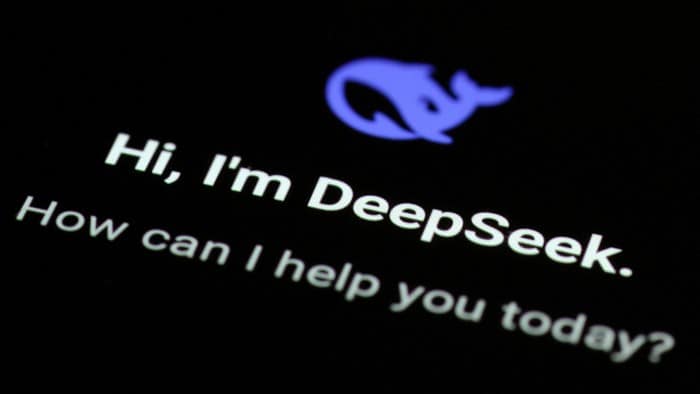[adrotate group="2"]
The latest insights from the Editor’s Digest
A selection of compelling stories curated by the Editor.
A prominent figure in today’s technology landscape is William Stanley Jevons, a historical economist. His namesake paradox has gained traction in Silicon Valley, particularly as firms grapple with their stock valuations.
Jevons is renowned for his assertion that the introduction of more efficient steam engines could lead to increased, rather than decreased, coal consumption. This narrative resonates with executives in Silicon Valley following claims by Chinese AI company DeepSeek of a simpler, more cost-effective method for training AI models.
The re-emergence of Jevons’ ideas is palpable among leaders like Microsoft’s Satya Nadella, Nvidia’s Jensen Huang, and ASML’s Christophe Fouquet, who argue that the availability of cheaper AI resources will stimulate greater demand for AI technologies.
This perspective seems valid. Consider the relationship between reducing the cost of AI applications and the increasing need for computing resources, akin to the historical demand for coal. A real-world illustration is the evolution of air conditioning.
However, not all market players will reap the same benefits from AI advancements. The effects on major tech companies will differ based on whether they utilize AI, create it, broker its services, or facilitate its development.
Companies that primarily consume AI, such as Salesforce, ServiceNow, or Adobe, stand to gain regardless of Jevons’ relevance, as they will benefit from lower costs associated with AI integration.
In contrast, those that develop AI technologies, like Meta Platforms and OpenAI, may face challenges. They have invested heavily in resources to develop their AI models, which, if DeepSeek’s claims hold true, could potentially be emulated at a significantly reduced cost. This could result in these companies having overcommitted with expectations exceeding potential returns.
Alternatively, brokers like Alphabet, Microsoft, and Amazon are in a more favorable position. While demand for computing resources may initially decrease due to more efficient AI models, it is anticipated that overall demand will rise once broader application occurs, creating a timing mismatch in revenue expectations. Chipmakers, such as Nvidia, may feel the repercussions in the interim, as evidenced by recent declines in their stock prices.
The dynamics of the tech industry have grown increasingly complex. For instance, Microsoft operates as both a broker—reporting substantial cloud revenues—and an investor in AI development. Meta engages in both production and utilization of AI technologies. Alphabet integrates all aspects as it provides cloud services, develops AI models, and employs these advancements to enhance its search and advertising functions.
Furthermore, the implications for financial performance may be secondary for many firms competing in the realm of artificial general intelligence. For instance, Meta’s CEO Mark Zuckerberg recently discussed the potential for extensive investments in AI infrastructure.
While Jevons’ ideas are momentarily popular, their relevance may diminish in the near future. Historically, he underestimated the speed at which market perceptions shift. His projections on coal demand were made in 1866, indicating that the tech sector, unlike coal, is driven by rapid innovation and immediate market responses.
photo credit: www.ft.com
[adrotate group="2"]





